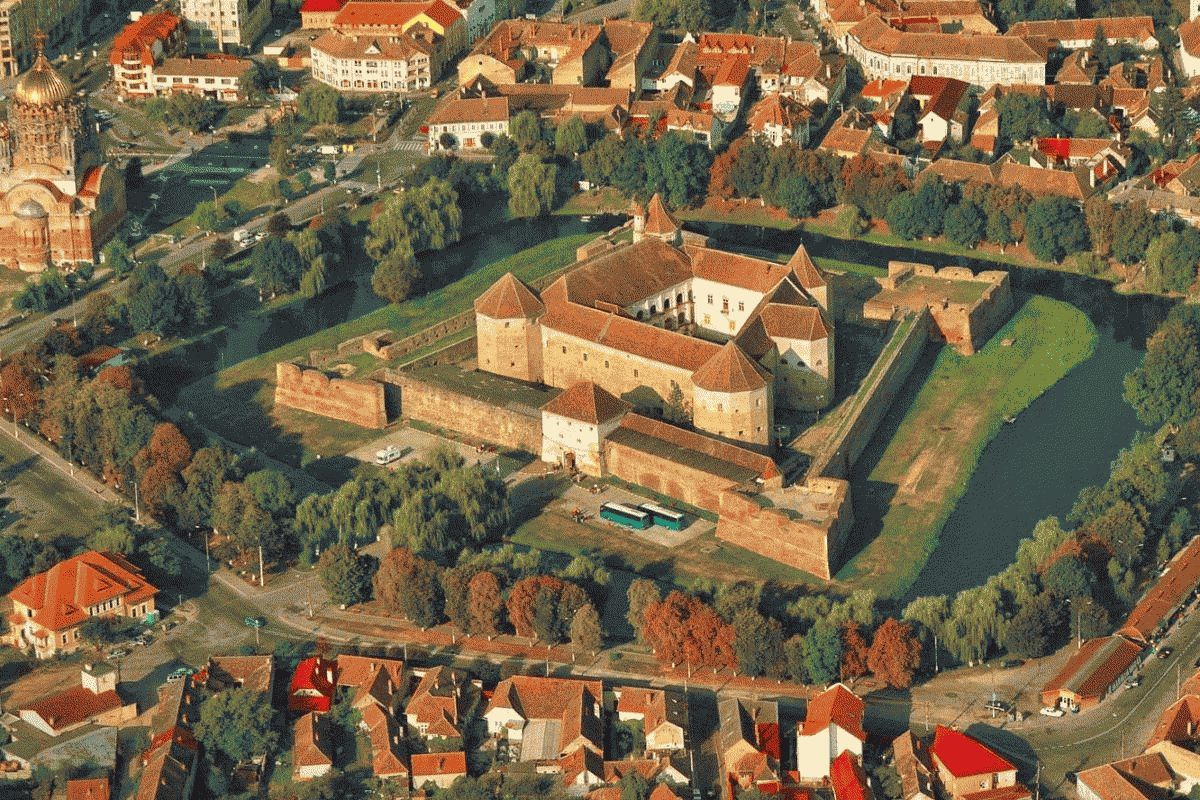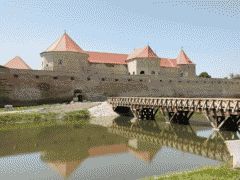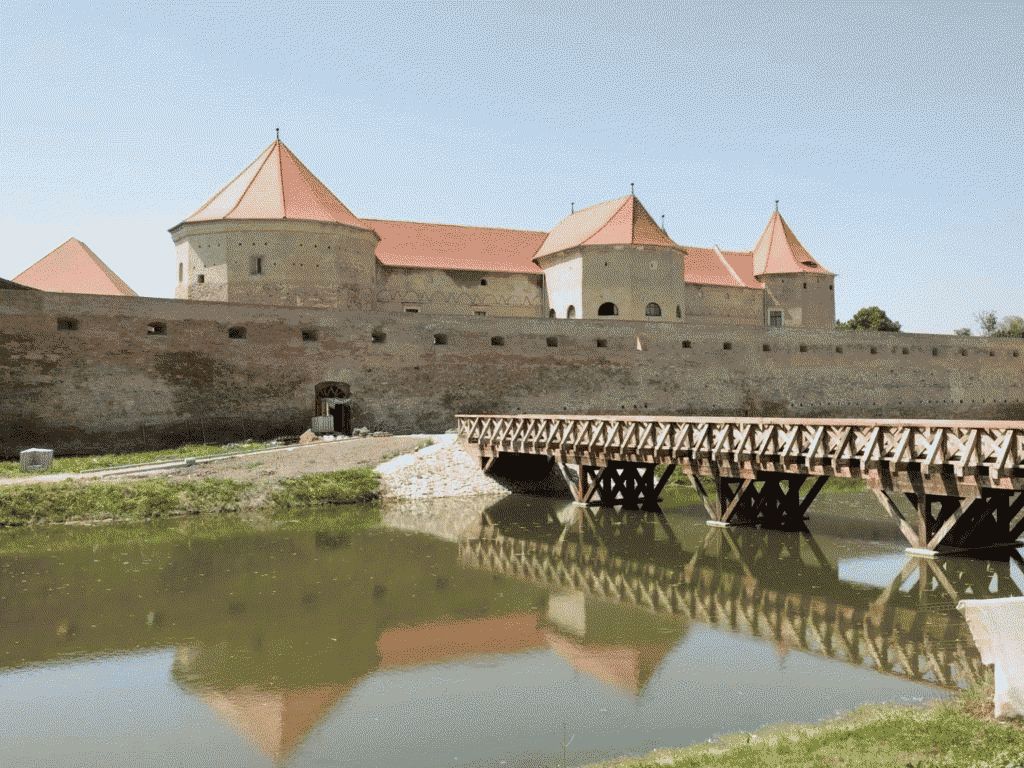Страна:
Регион:
Другие названия:
Значение:
Время визита:
Описание:
In the twelfth century, on the site of the current Fagaras fortress there was a wooden fortification surrounded by a moat.
It was destroyed by fire, as shown by archaeological excavations carried out on the occasion of some restorations. In the 14th century, a fortified citadel was built on the site of the previous building, the purpose of which, most likely, was to better protect the people from attacks by the invading hordes.
Among the most notable such invasions of the Transylvania region was the Tatar invasion in the period 1241–1242. The damage then caused was significant in many important populated areas, including Sibiu. Such periodic events prompted these settlements to build fortified medieval fortresses so that they could provide better protection to their inhabitants and their property. They mainly consisted of strong walls built of stone and brick, as well as towers from which soldiers could easily spot any potential threat to the fortress.
Thus, the Fagaras fortress had stone and brick walls arranged in a quadrangle shape. In each of its corners, 4 watchtowers are built, plus another one on the eastern side of the fortress. The monumental structure included an impressive number of rooms — 85 in total. Due to its strategic position, the Fagaras fortress was an object of interest for the rulers of the Romanian territories. At the end of the 16th century, it became the seat of ruler Mihai Viteazul, who was the first ruler to unite the three Romanian provinces. It was also a meeting place for armies before major battles took place in our territories.
In the next century it became the residence of the princes of Transylvania and the administrative and political center of the region. It is undergoing extensive restoration work as well as various additions. In addition to the changes made to the walls, the moat around the fortress was expanded and filled with water from the Olt River. This was a common practice in the case of fortified fortresses, designed to increase the degree of protection against potential attackers.
Around 1721, the Fagaras Citadel became the headquarters of the Romanian Church United with Rome, which is a cult comprising churches of the Greek Catholic denomination, of the Byzantine rite, from the eastern (eastern) region of the world. However, after 1737 the residence was moved to Sambata de Sus, respectively Blaye. Since 1948, after the establishment of the communist regime in Romania, the old medieval fortress became a prison for political prisoners. After 1965, large-scale restoration work took place here, which lasted 12 years.
Категории:
Интерес:
Физподготовка:
Лучшее время:
Доступ:
Roads:
Emergency:
112
Info:
Safety:
Safely
Clothing:
Seasonable
Connection:
Ok
- Wildberries официально выходит на рынок туризма
- Evacuation of Kyiv icons takes fight for Ukraine’s heritage to Louvre in Paris
- Bosnia and Herzegovina
- Rising prices for travel in Germany in 2025: reasons, scale and consequences
- The World of Varans
- Travel to Cambodia
- Morocco
- Derbent (Dagestan, Russia)
- Normandy
- From trauma healers to in-house psychologists, hotels are increasingly catering to travellers’ mental health
- Lifehacks for buying airline tickets
- Greece
- Ecuador
- Sumatra
- Liechtenstein
- Barbados
- Indonesia
- Gibraltar
- Мошенничество с Istanbulkart: чего следует остерегаться туристам
- 9 Reasons Why People Love to Travel to Other Countries

 United States
United States




